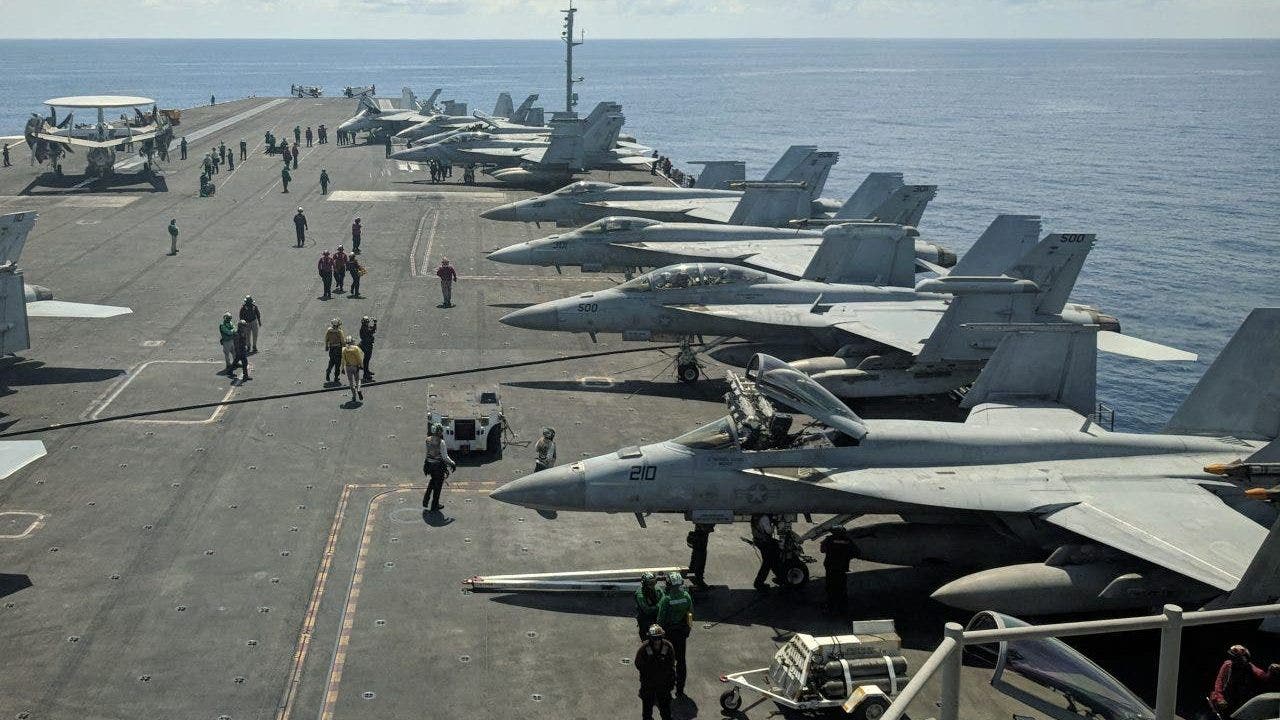Just wondering, have they ever tried reactive armor on ships?
I don't think so. But to be honest, I've never looked into it.
If we were ever to build something comparable to battleships again, possibly. But other shops, probably not.
Submarines definitely aren't candidates for reactive armor.
Aircraft carriers not either, as their defense is predicated on other designs and technologies.
Ligher craft, probably not due to weight considerations.
The question is "what does reactive armor" by you for ship defense?
Now how a MK-48 ADCAP torpedo sinks a ship? I'll give you a clue: Not necessarily by blowing a hole in the side of a ship...though they certainly can do that.
A MK-48 torpedo passing UNDER a ship and detonating is what does the real damage. First the explosion creates a shockwave and huge bubble in the water which acts to lift up on the center of the ship. This causes the stern and bow to have less support, flexing them downward due to the stresses.
Then when the bubble collapsts, there's a momentary void under the center of the shop, which causes the middle to sag down while the stern and bow are still supported in the water.
Then the water rushes back into that void, again flexing the middle of the ship in half.
This literally cracks the keel and snaps the ship in half.
Something as huge as one of our supercarriers would take several such torpedoes to accomplish this, but that's how it works.
As for ariel bombardment by bombs, missiles or various forms of gunfire, armor of any kind only goes so far before the detrimental effects of the added weight cause marked decrease in other performance abilities.
The key, therefore, isn't to armor the entire ship...it's to armor strategic portions of the ship to enable it to survive as long as possible in combat.
So...reactive armor MIGHT be useful in various such applications. Like around magazines, fuel tanks, command and control areas, etc. But not the entire ship, or even necessarily the hull itself.
To consider an example, in WWII much though was put into how to make aircraft more survivable, yet allow them to perform their functions adequately. One thought, of course, was armoring the bejeebers out of the aircraft...except that makes them slow, clumsy, low altitude, and fuel hungry. Not good for long range bombers or fighters.
Then one engineer looked at aircraft that had survived some pretty horrific combat conditions and still was able to return even though shot all to blazes.
He essentially said "Look at all those holes and their locations! It's clear that being shot to blazes in places like that are not necessarily fatal! We need to stragegically place armor ELSEWHERE on the aircraft to better protect the vital portions that are really essential for the aircraft to survive!" And so they did...and the survival rates significantly improved.

 www.forbes.com
www.forbes.com

 www.forbes.com
www.forbes.com


